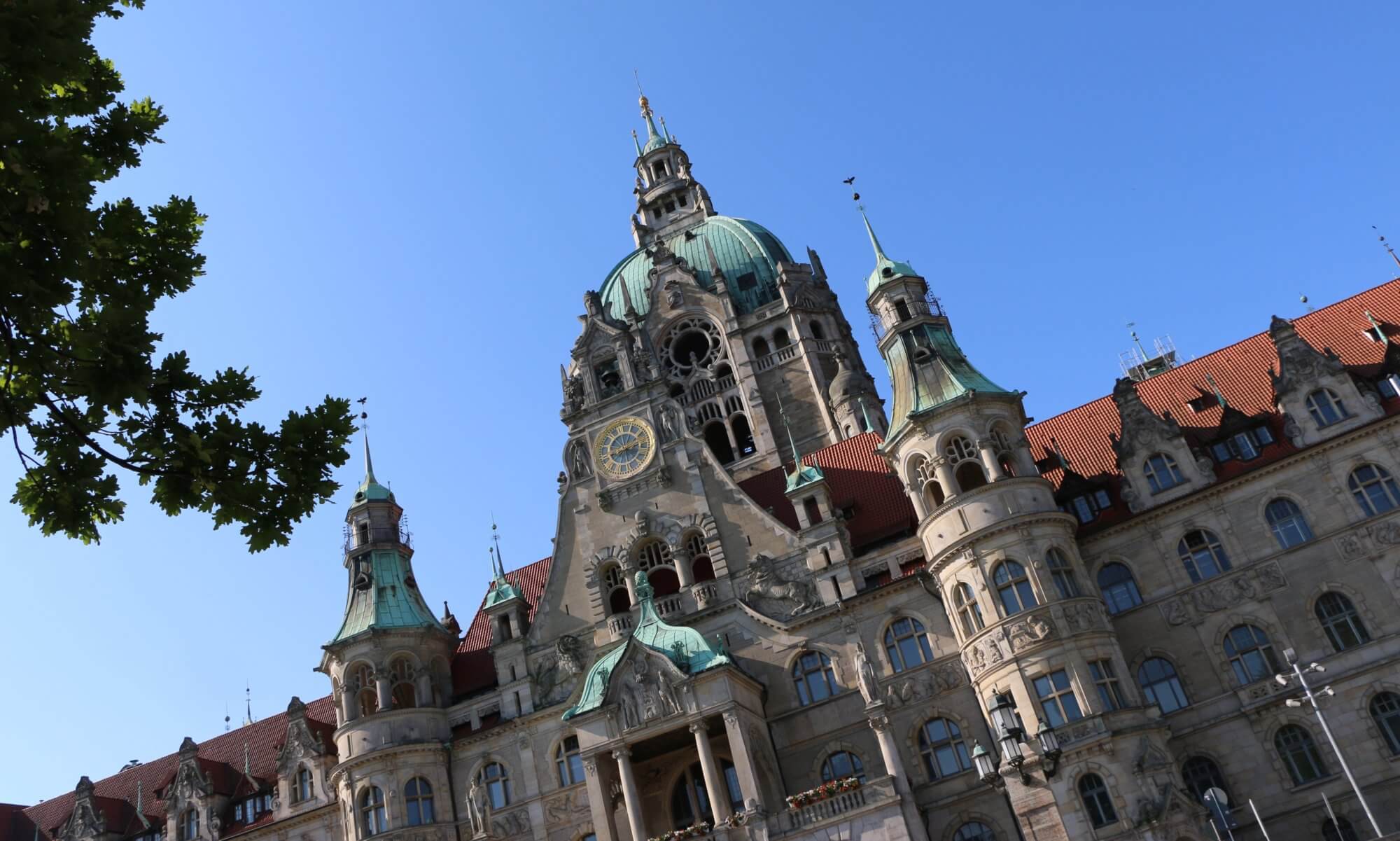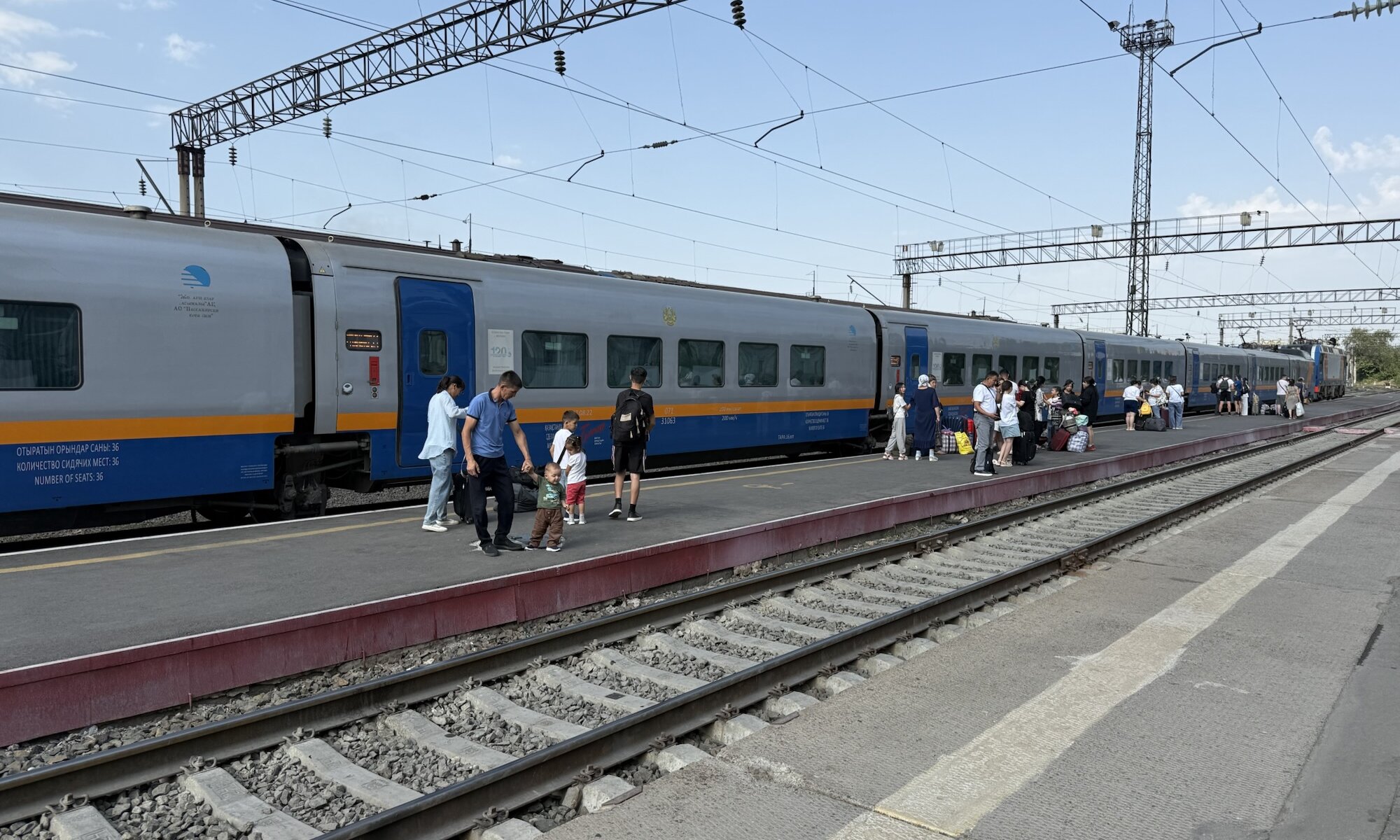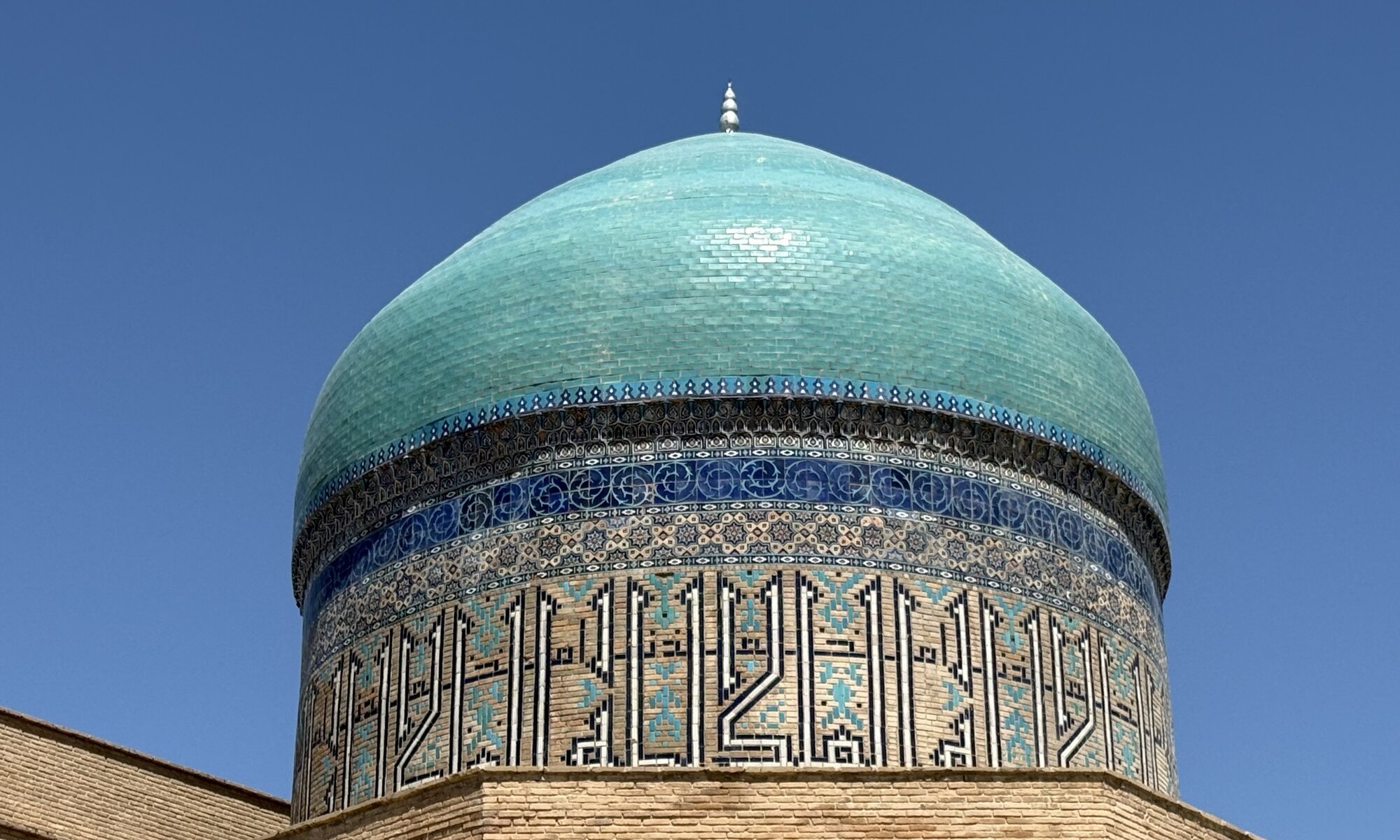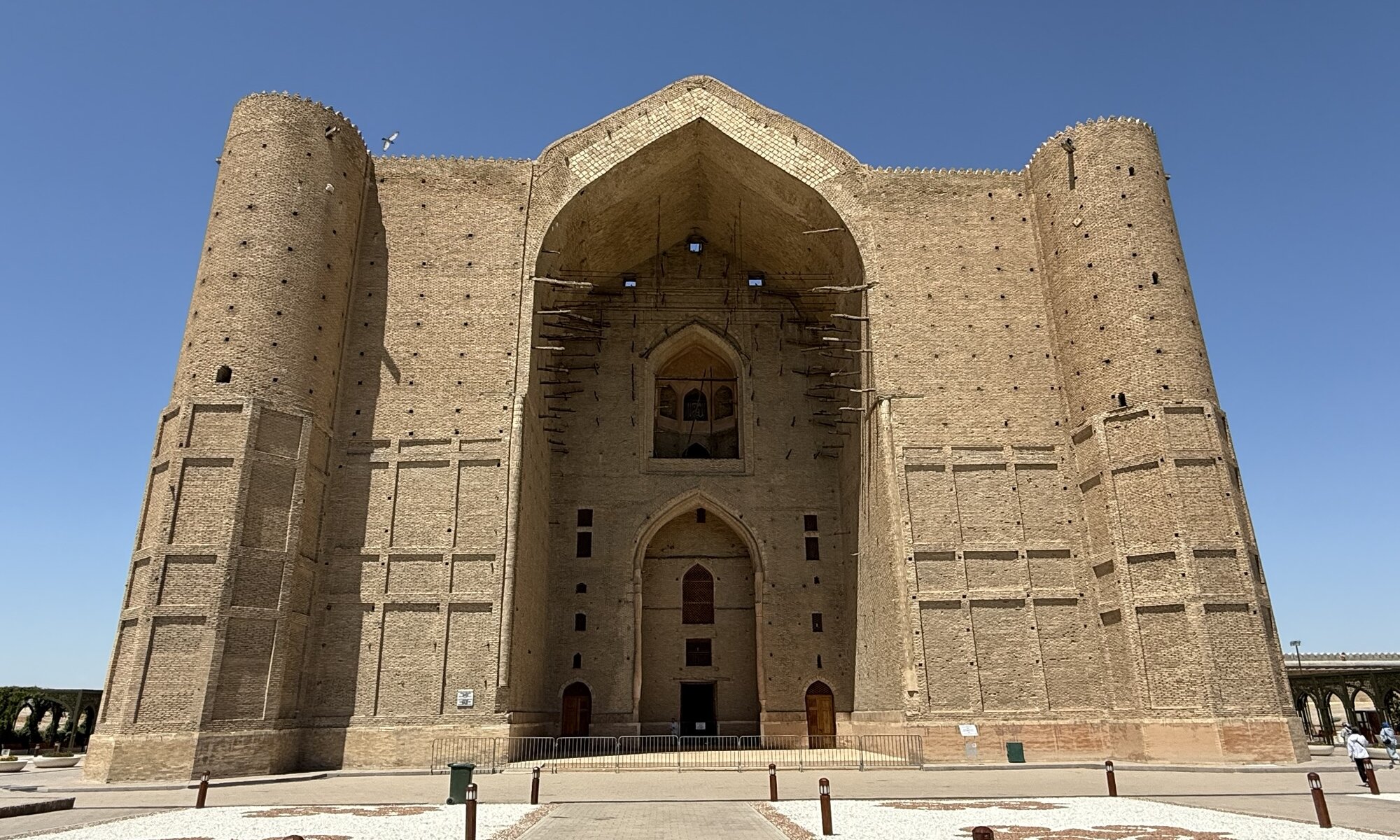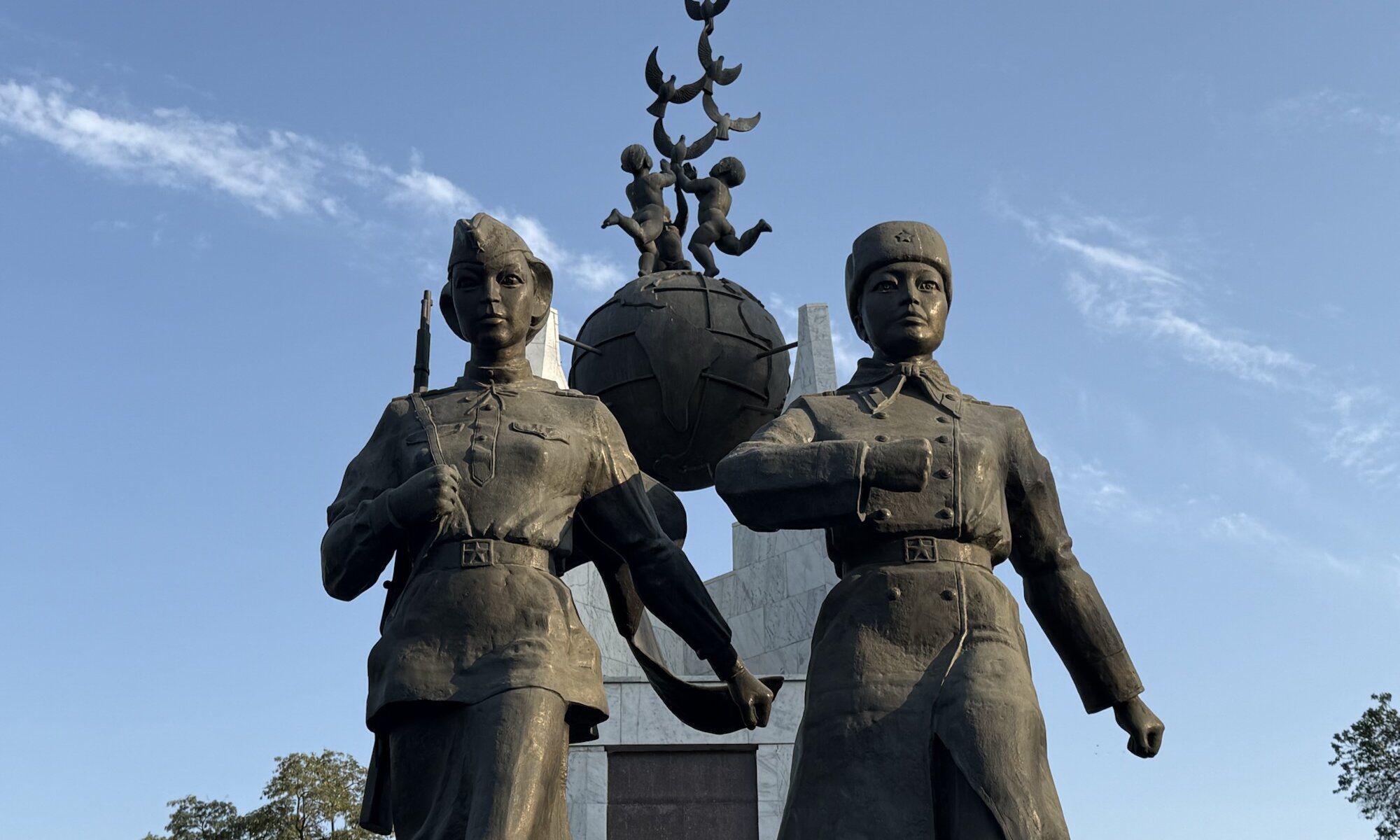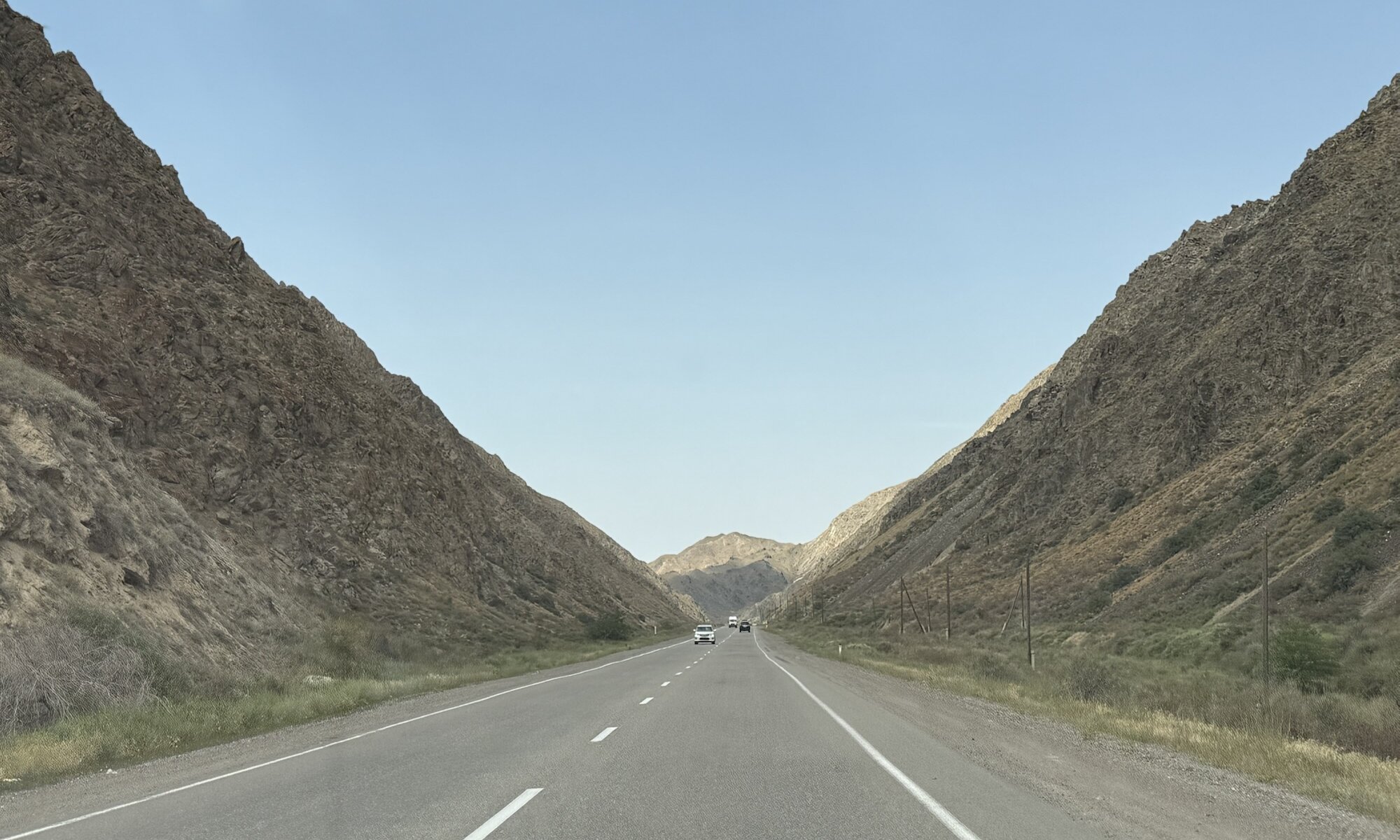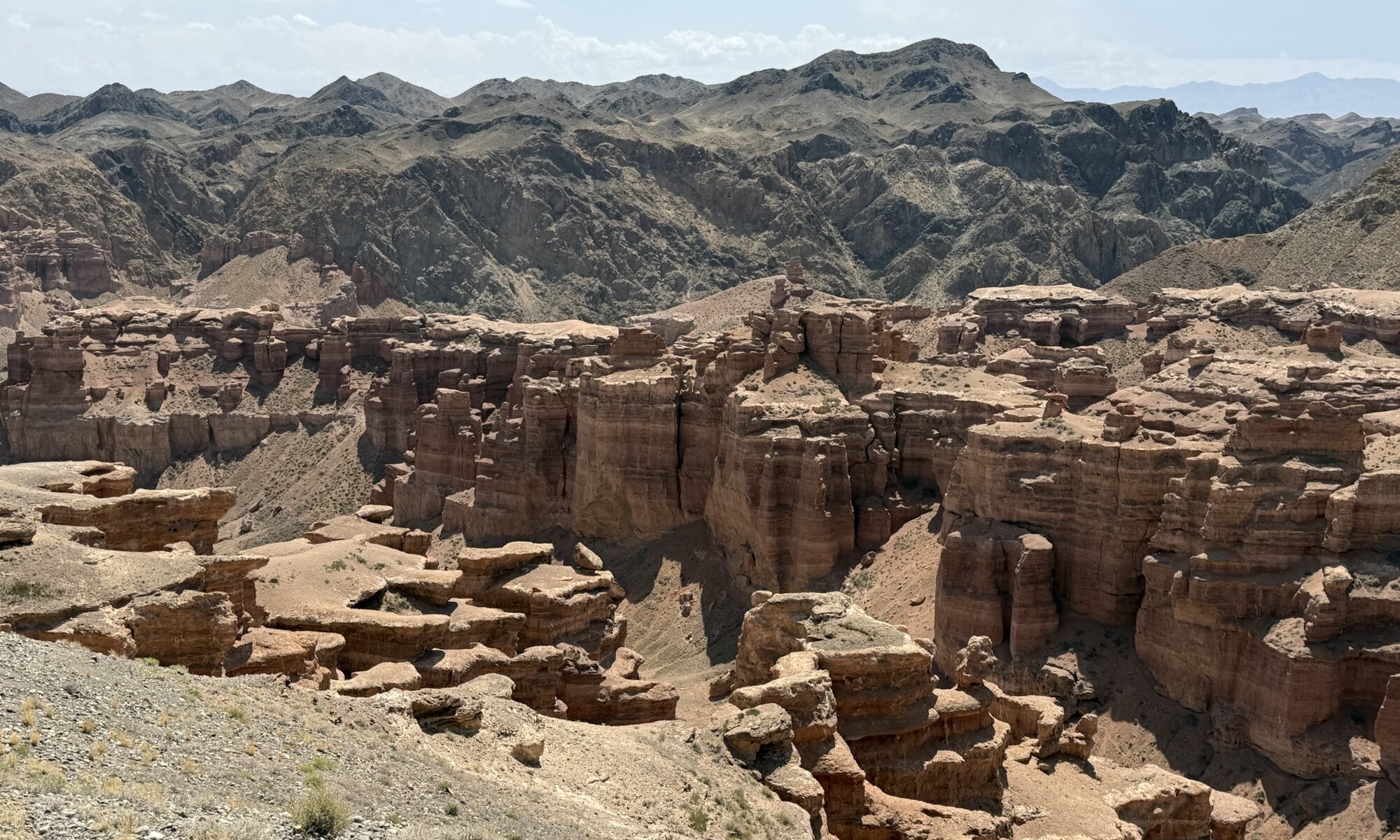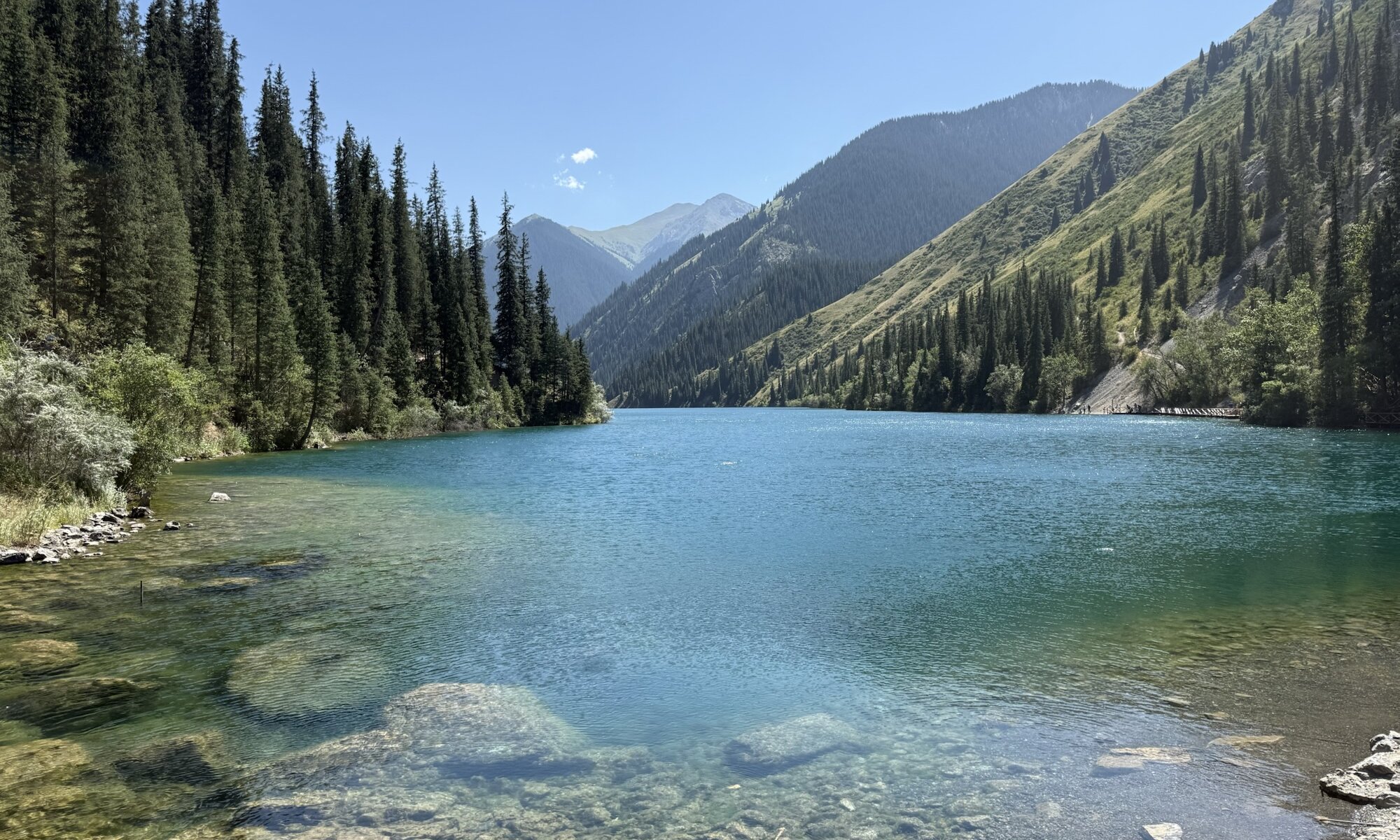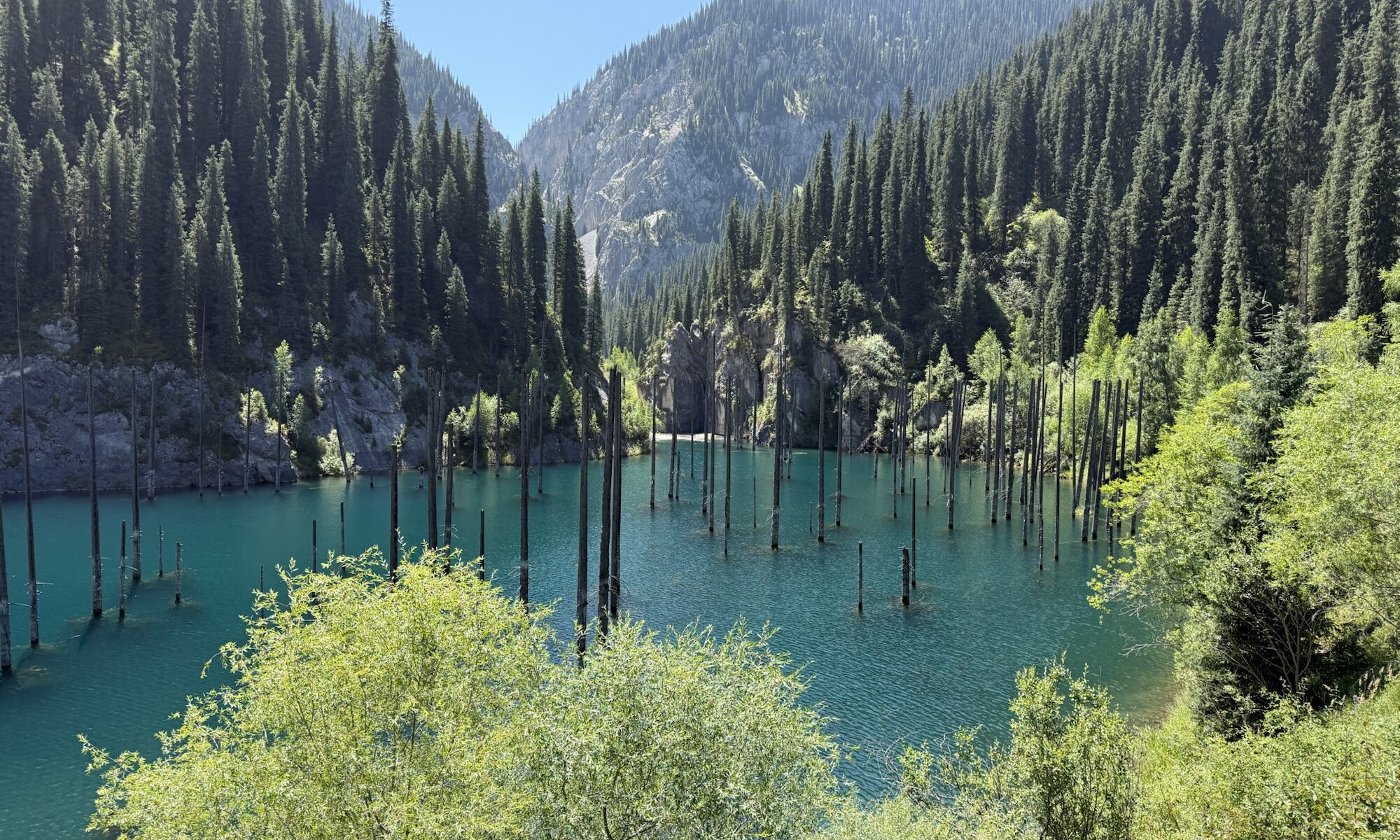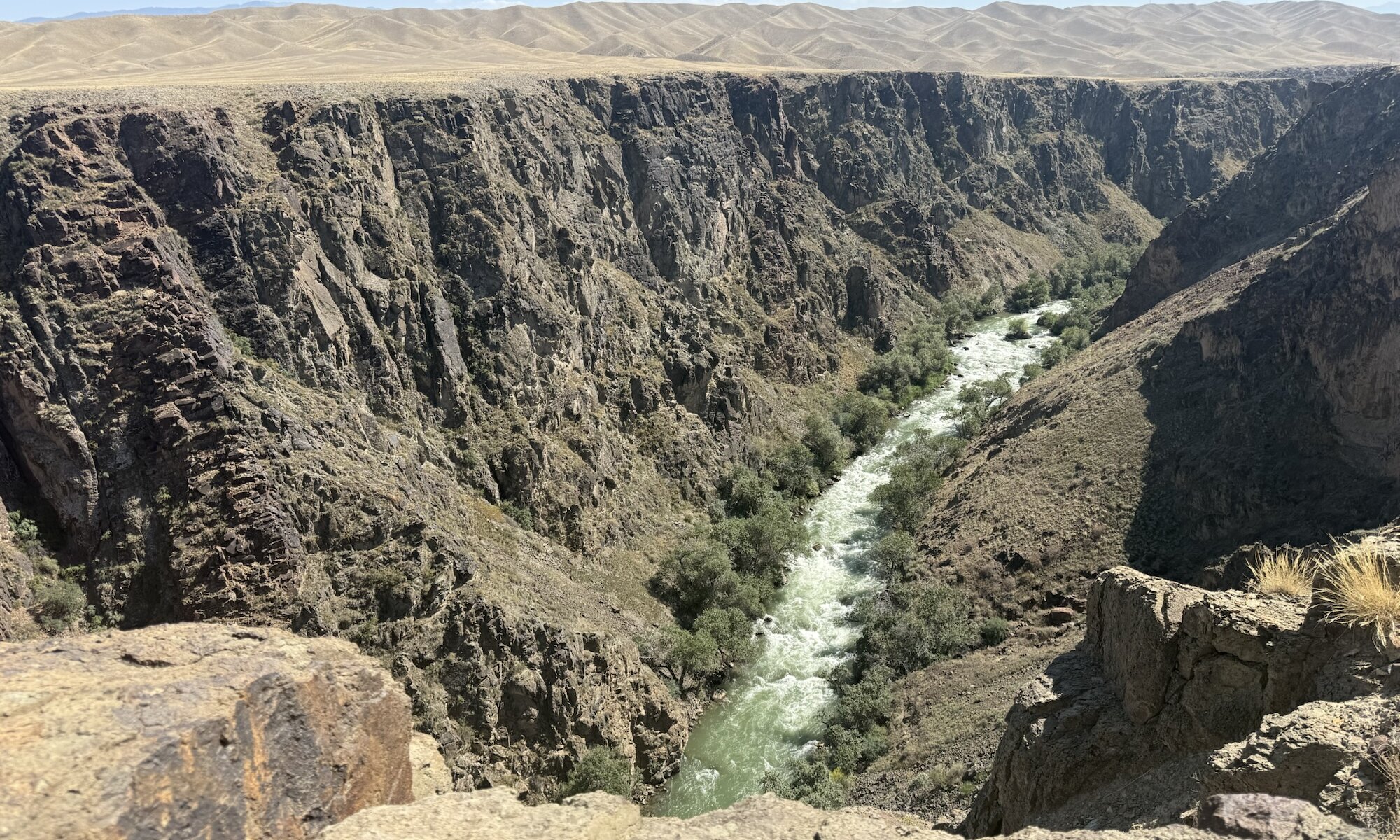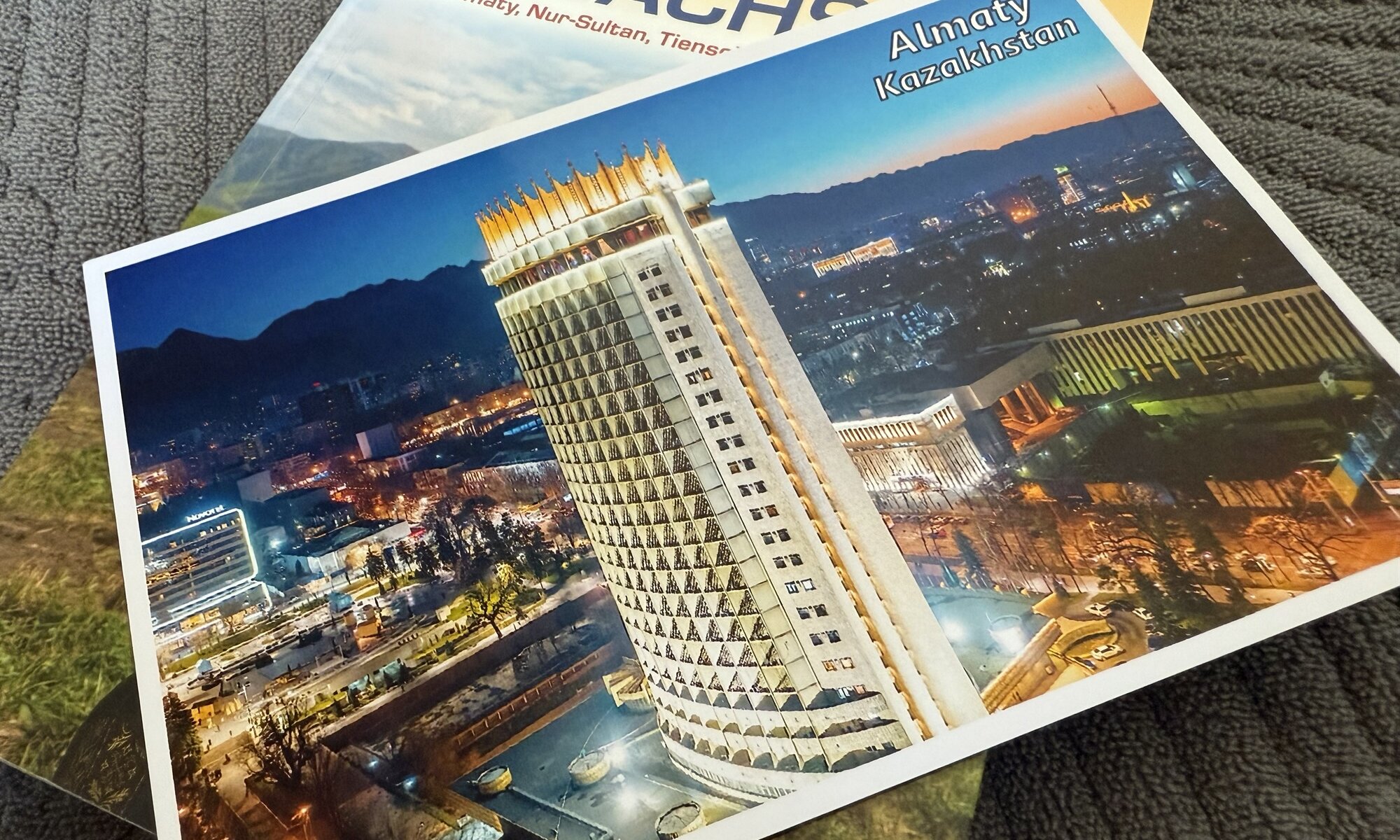Kazakhstan’s railway system, the backbone of its vast transportation network, stretches impressively across the sprawling landscapes of Central Asia. With over 16,000 kilometers of rail lines, traversing arid steppes, bustling cities, and remote outposts, these tracks serve both as practical passage for locals and as an adventurous experience for travelers. Trains remain the lifeblood for many communities, offering a reliable and affordable way to cross enormous distances that would be daunting by road. The national operator, Kazakhstan Temir Zholy (KTP) / Қазақстан темір жолы (ҚТЖ), continuously modernizes the rolling stock and infrastructure, blending traditional charm with growing efficiency.
Continue reading “темір жолы”Түркістан
Turkistan, nestled in the southern steppe of Kazakhstan, is a city that immediately captivates travelers with its blend of ancient legacy and vibrant modern life. Walking through its wide avenues and bustling bazaars, you can feel centuries of history etched into the very stones beneath your feet. As one of the oldest settlements in Central Asia, Түркістан has been continuously inhabited since at least the 4th century, growing from a simple caravan stop into a major hub along the Silk Road. Its strategic location meant that merchants, poets, and scholars from across Asia and beyond converged here, making the city a living crossroads of cultures.
Continue reading “Түркістан”Unfinished mausoleum
Visiting the mausoleum of Khawaja Ahmed Yasawi in Түркістан, Kazakhstan is an unforgettable experience for anyone interested in history, architecture, or spirituality. The immense structure stands as one of the most remarkable examples of Timurid architecture, with its grand domes and intricate tile work catching the sunlight in stunning patterns. The mausoleum is not just a monument, but an active pilgrimage destination, drawing people from across the region to pay their respects and absorb the serene atmosphere that pervades the site.
Continue reading “Unfinished mausoleum”World War II
Continuous learning about history is a necessity. Even concerning a devastating phase like World War II, collective memory is already blurring. In the Western world people start to think, the United States of America have won the war, in other parts of the world Russia is seen as the victor. But we should not forget that it was the entire Soviet Union that paid the highest death toll to slay fascism. The people of Central Asia had a big stake in this; 600,000 Kazakh people died in World War II – a significant share of the population. That’s the reason why they remember their soldiers like the 28 Panfilov guardsmen, but there are more stories to share.
Continue reading “World War II”Zhibek Zholy
Wandering the stretches of the Silk Road, I am constantly reminded of how these ancient trade routes once threaded continents together. The Silk Road (or Zhibek Zholy) wasn’t just a single path – it was a vast web spanning from China to the Mediterranean, linking Asia with Europe, and facilitating the flow of goods, culture, and ideas for centuries. Among its most intriguing stretches runs the passage through Kazakhstan, a country whose landscapes are as storied as the history that passed across them.
Continue reading “Zhibek Zholy”Charyn canyon
It is one of Kazakhstan’s most spectacular natural wonders, often compared to the Grand Canyon but with a character all its own. Located about 200 kilometers east of Алматы, it carves through the steppe for nearly 154 kilometers, with depths reaching up to 300 meters. The canyon’s most iconic segment is the Valley of Castles, so named because the spectacular rock formations evoke the towers and walls of ancient fortresses. Walking through this section, you’ll be surrounded by red and orange cliffs that shift in hue throughout the day, turning especially vibrant at sunrise and sunset.
Continue reading “Charyn canyon”Kolsai
The two Kolsai lakes near Саты offer a truly spectacular retreat for nature lovers and adventurers. Known as Kolsai-1 and Kolsai-2, these alpine jewels are encircled by pine forests, striking peaks, and lush slopes dotted with wildflowers. Kolsai-1, the lowest and most accessible, sits at around 1,800 meters above sea level and is an ideal spot for picnics, easy walking, and canoeing. The tranquility of the lake, especially in the early morning when mist hovers over crystal-clear waters, makes it a perfect escape from the buzz of daily life.
Continue reading “Kolsai”Буханка
Located within the rugged Tien Shan mountains, Kaindy lake is one of Kazakhstan’s most surreal natural wonders. Just a short drive from the small mountain village of Саты, the lake instantly captivates with its ghostly, submerged spruce trunks and impossibly clear, blue-green waters. At over 2,000 meters above sea level, the air is crisp and tinged with pine, and the scenery feels untouched – a living postcard that hardly seems real.
Continue reading “Буханка”Black canyon
The Қара каньон near Актогай is one of Kazakhstan’s lesser-known but truly awe-inspiring natural wonders. Stretching approximately three kilometers wide and plunging to depths of up to 300 meters, the canyon dazzles with its dramatic cliffs, layered rock faces, and vibrant colors that shift throughout the day. Standing on the edge, you are greeted by sweeping vistas and a remarkable sense of isolation, far from the crowds, making it perfect for travelers craving unspoiled wilderness and jaw-dropping photo opportunities.
Continue reading “Black canyon”From Kazakhstan with love
Are you the modern kind of traveller just uploading photos to social media and sending them via messenger services to your beloved ones at home? Or are you a bit nostalgic and still sending postcards around the globe? I’m the latter kind and sending postcards is often quite a challenge these days as it becomes more and more unusual. At Kazakhstan, people will ask you directly why you intend to do such a stupid thing – tradition is the only accepted answer. At Kazakhstan, sending postcards is nowadays very uncommon and relatively costly (2200 Tenge per card!). But it is perfectly doable.
Continue reading “From Kazakhstan with love”